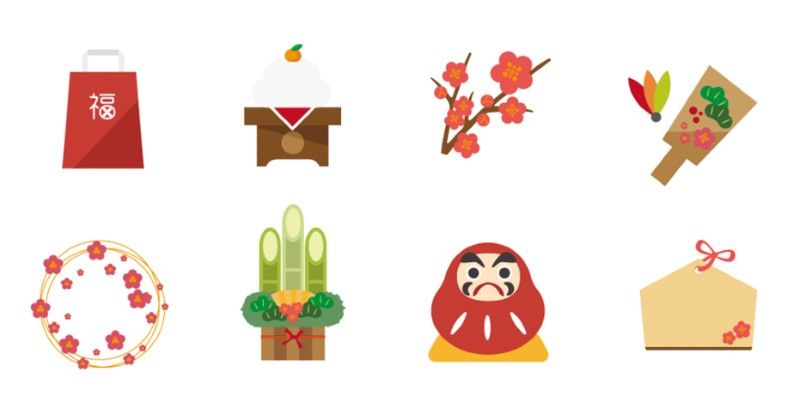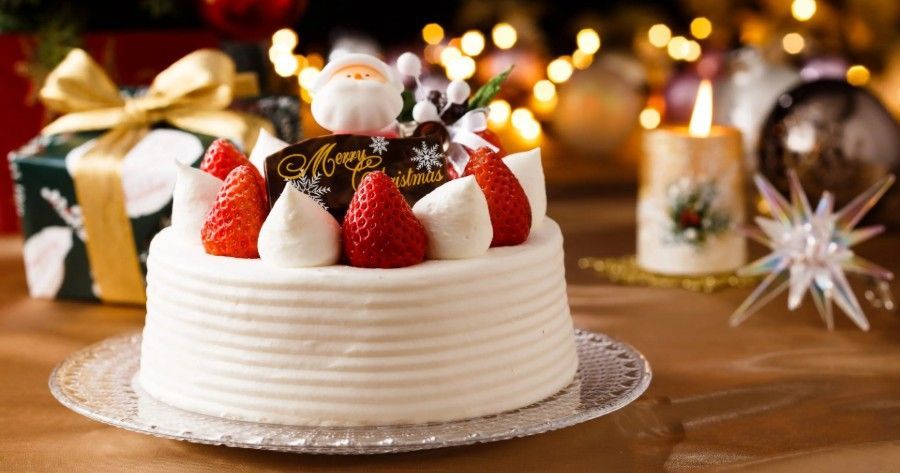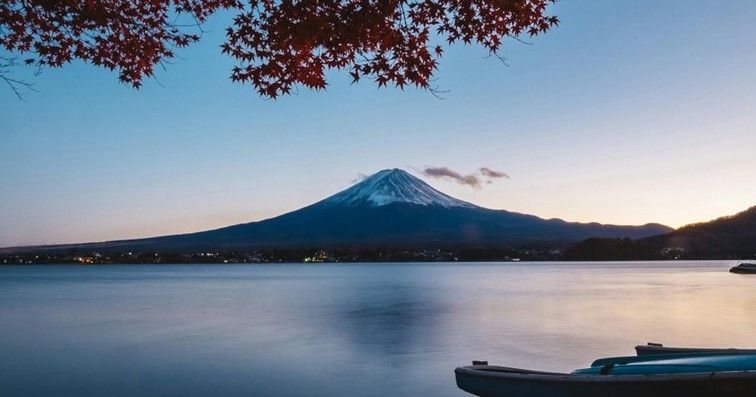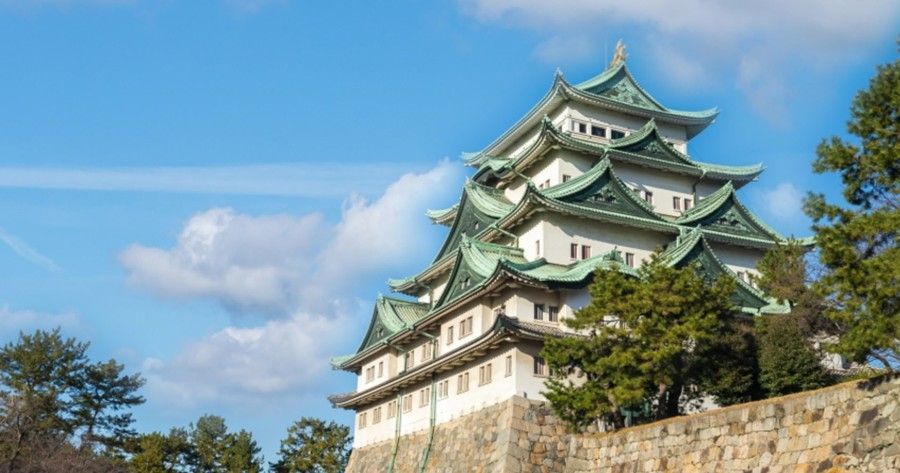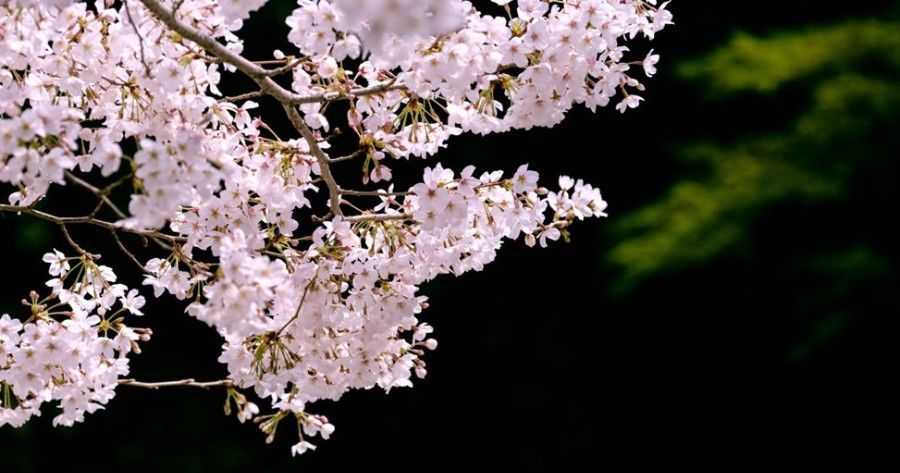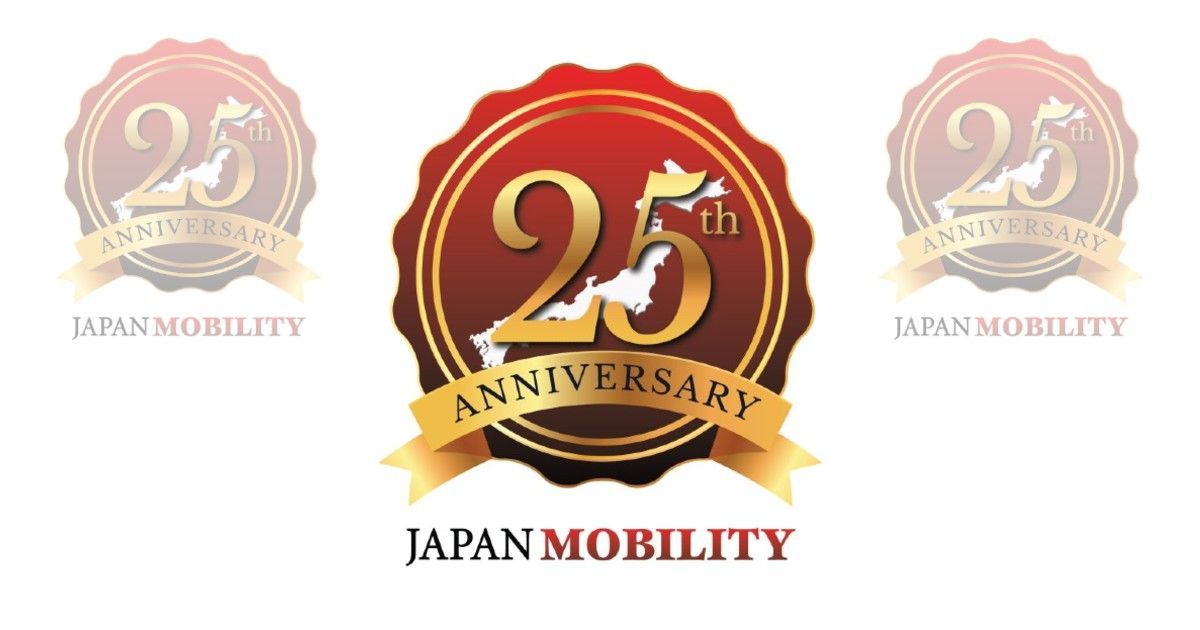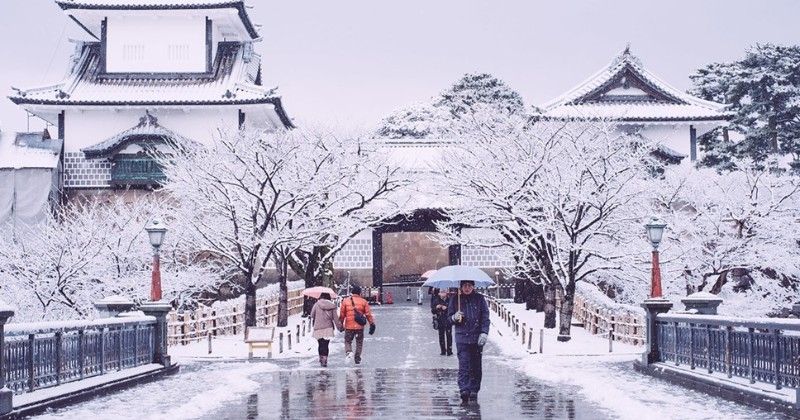Hatsumode: Welcoming the Japanese New Year with Tradition
As the clock strikes midnight on December 31st, Japan comes alive with one of its most cherished traditions: Hatsumode. This practice, which involves the first visit of the year to a Shinto shrine or Buddhist temple, is a beautiful blend of spirituality, culture, and community.
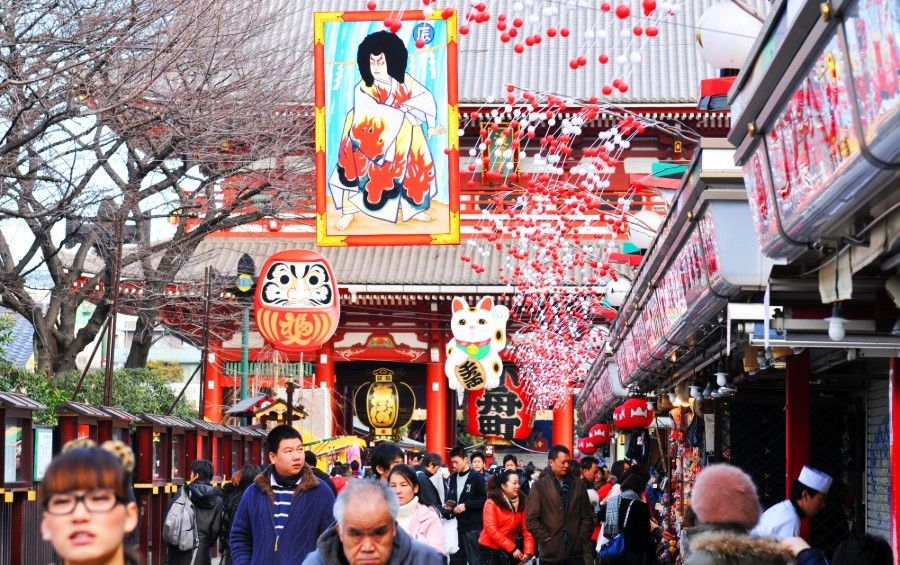
The Essence of Hatsumode
Hatsumode is more than just a visit; it's a way to start the new year with a clean slate and positive intentions.
The word Hatsumode is comprised of two Kanji (Chinese characters): 初/hatsu meaning "first (time)" and 詣で/moude, which comes from the Japanese for "to pray to the gods". Typically, people visit shrines and temples on the first, second, or third day of January. During these visits, they pray for good fortune, health, and happiness in the coming year.
Rituals and Customs
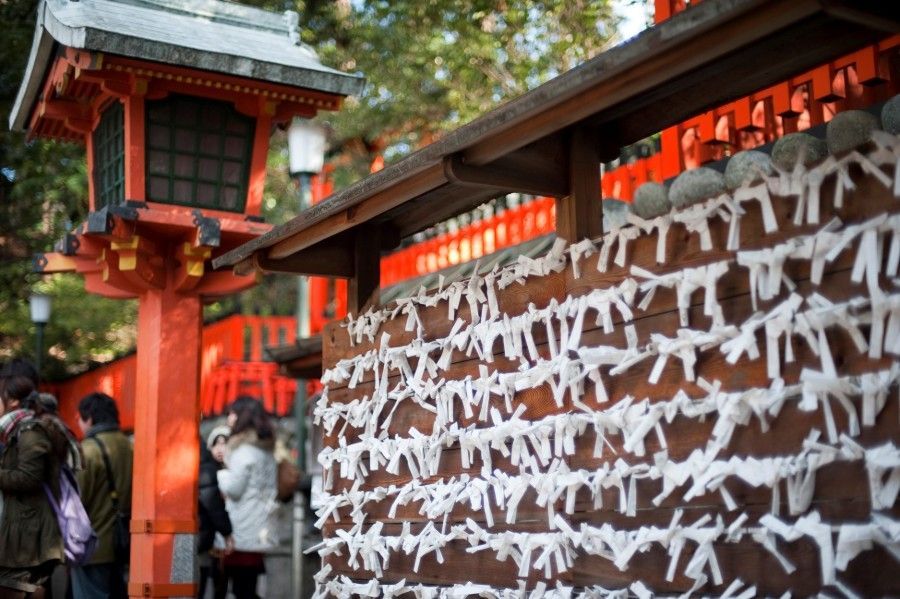
- Prayers and Wishes: Upon arriving at the shrine or temple, visitors often perform a series of rituals. These include purifying themselves by washing their hands and mouth at a water basin, ringing a bell, and offering a small donation before making their prayers. The standard donation is a 5-yen coin (5円/go en), as it is homophonous with the Japanese word for ‘honourable connection’ (ご縁/go-en), symbolising a good connection with the gods.
- Omikuji: One popular activity during Hatsumode is drawing an omikuji, a paper fortune. These fortunes can range from great blessings to bad luck. If the fortune is unfavorable, it is customary to tie the paper to a tree or a designated area at the shrine, hoping to leave the bad luck behind.
- Omamori: Many people purchase new omamori (charms or amulets) for protection and good luck throughout the year. Old omamori are often returned to the shrine to be ritually burned.

Popular Hatsumode Destinations
Japan is home to numerous shrines and temples that attract millions of visitors during Hatsumode. Here are some of the most popular spots across the country:
- Meiji Shrine in Tokyo: Attracting millions of visitors, this shrine is a top destination for those seeking to start their year with a spiritual boost.
- Sensoji Temple in Tokyo: Tokyo's oldest temple, Sensoji, is a bustling hub of activity during the New Year.
- Naritasan Shinshoji Temple in Chiba: Known for its historical significance and beautiful grounds, this temple is a favorite for many.
- Fushimi Inari-taisha in Kyoto: Famous for its thousands of red torii gates, this shrine offers a picturesque setting for Hatsumode.
- Yasaka Shrine in Kyoto: Another popular Kyoto destination, Yasaka Shrine is known for its vibrant New Year celebrations.
- Sumiyoshi Taisha in Osaka: This shrine is one of the oldest in Japan and is a major site for Hatsumode in the Kansai region.
- Atsuta Jingu in Nagoya: With a history spanning over 1,900 years, this shrine is a significant cultural landmark.
- Ise Jingu in Mie: Often considered the most sacred Shinto shrine in Japan, Ise Jingu attracts visitors from all over the country.
- Dazaifu Tenmangu in Fukuoka: Dedicated to the deity of learning, this shrine is especially popular among students.
- Itsukushima Shrine in Hiroshima: Known for its iconic floating torii gate, this shrine offers a unique Hatsumode experience.
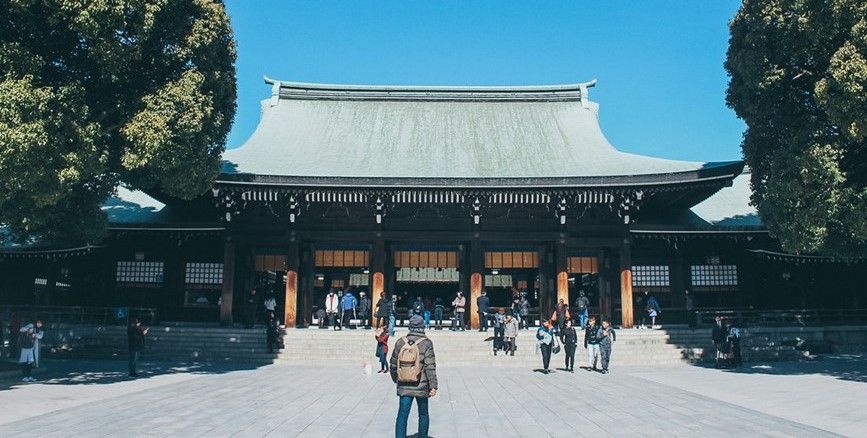
The Atmosphere
The atmosphere during Hatsumode is festive and communal. Food stalls line the paths to the shrines and temples, offering traditional snacks like taiyaki (fish-shaped cakes filled with sweet red bean paste) and amazake (a sweet, low-alcohol rice drink). The air is filled with the sounds of bells ringing and people chatting, creating a warm and welcoming environment. At times it can be very crowded, so it may not be advisable for anyone who hates big crowds.
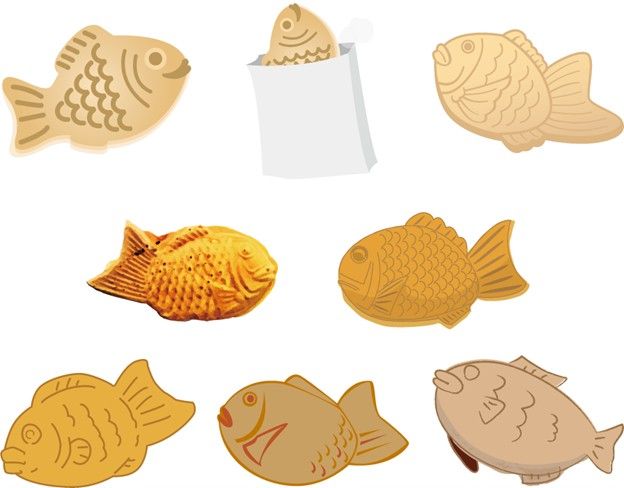
Conclusion
Hatsumode is a time-honored tradition that beautifully encapsulates the spirit of the Japanese New Year. It's a moment for reflection, hope, and community, setting a positive tone for the year ahead. Whether you're in Japan or simply interested in its rich cultural practices, understanding and appreciating Hatsumode offers a glimpse into the heart of Japanese society.





